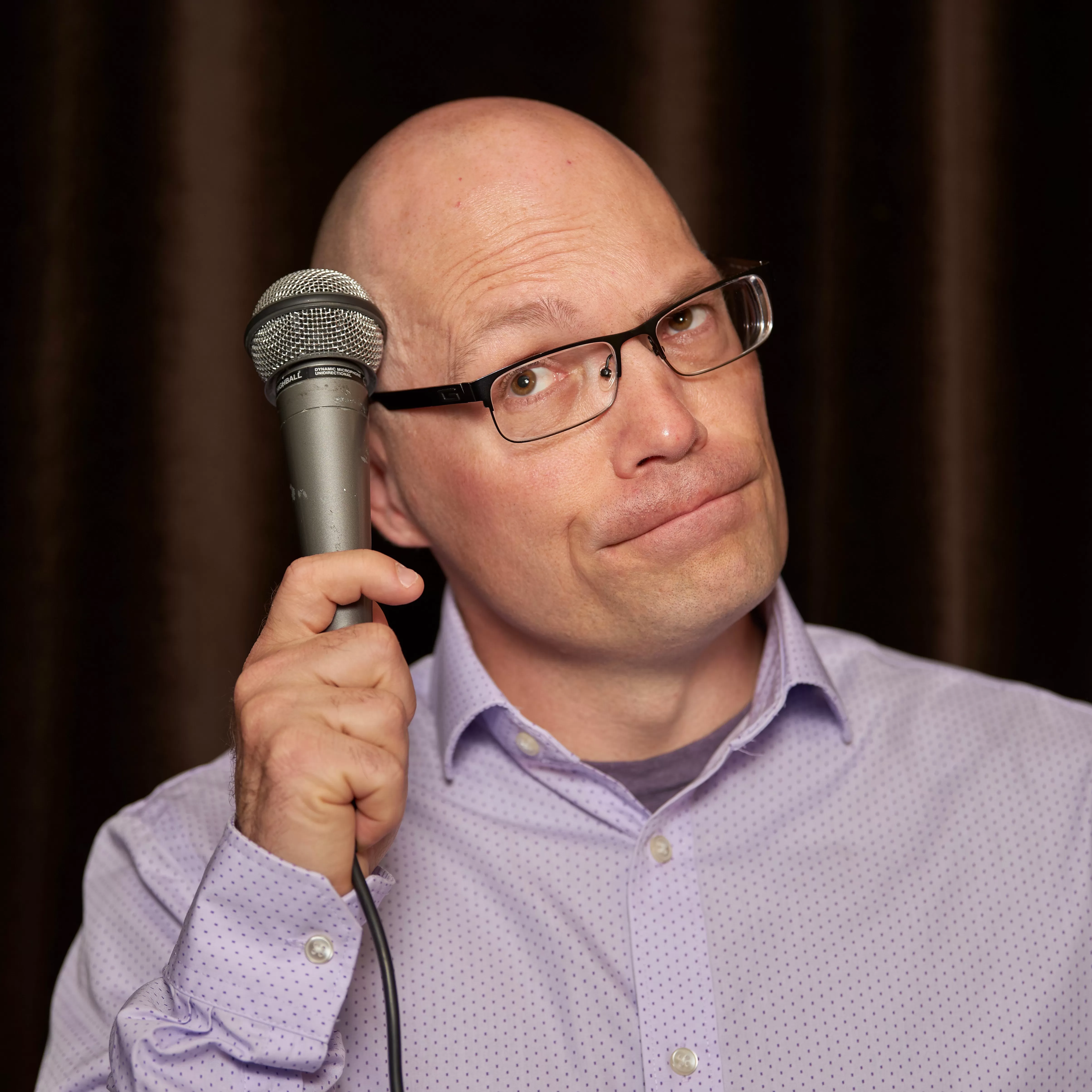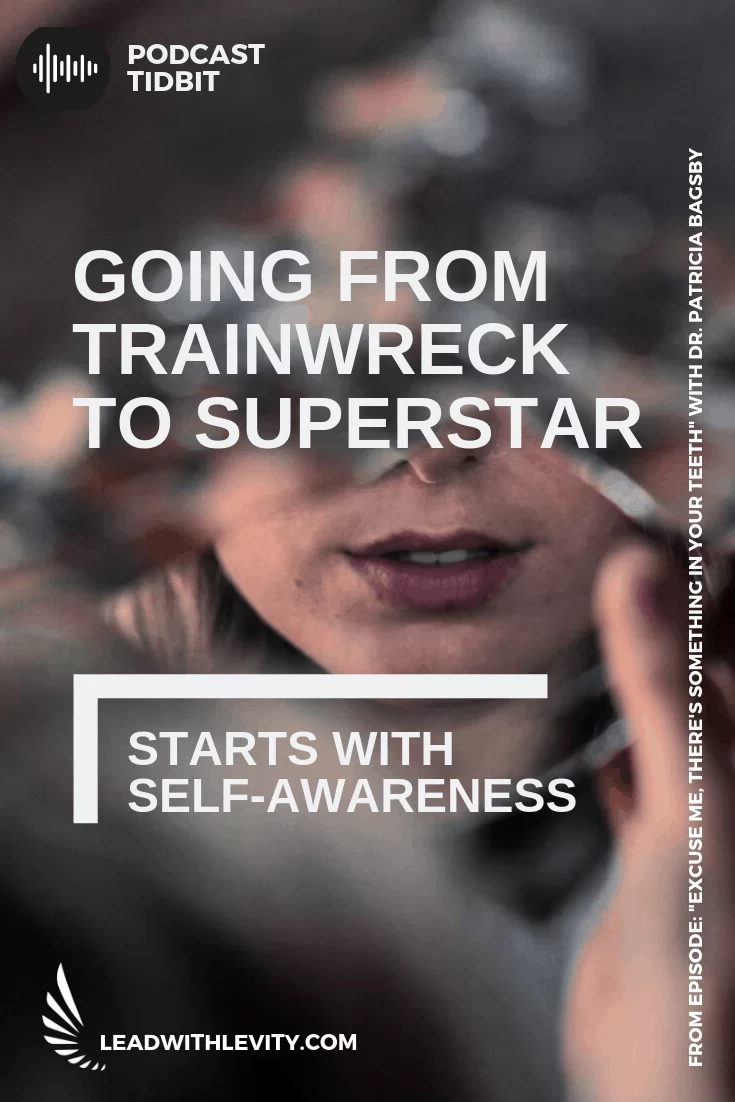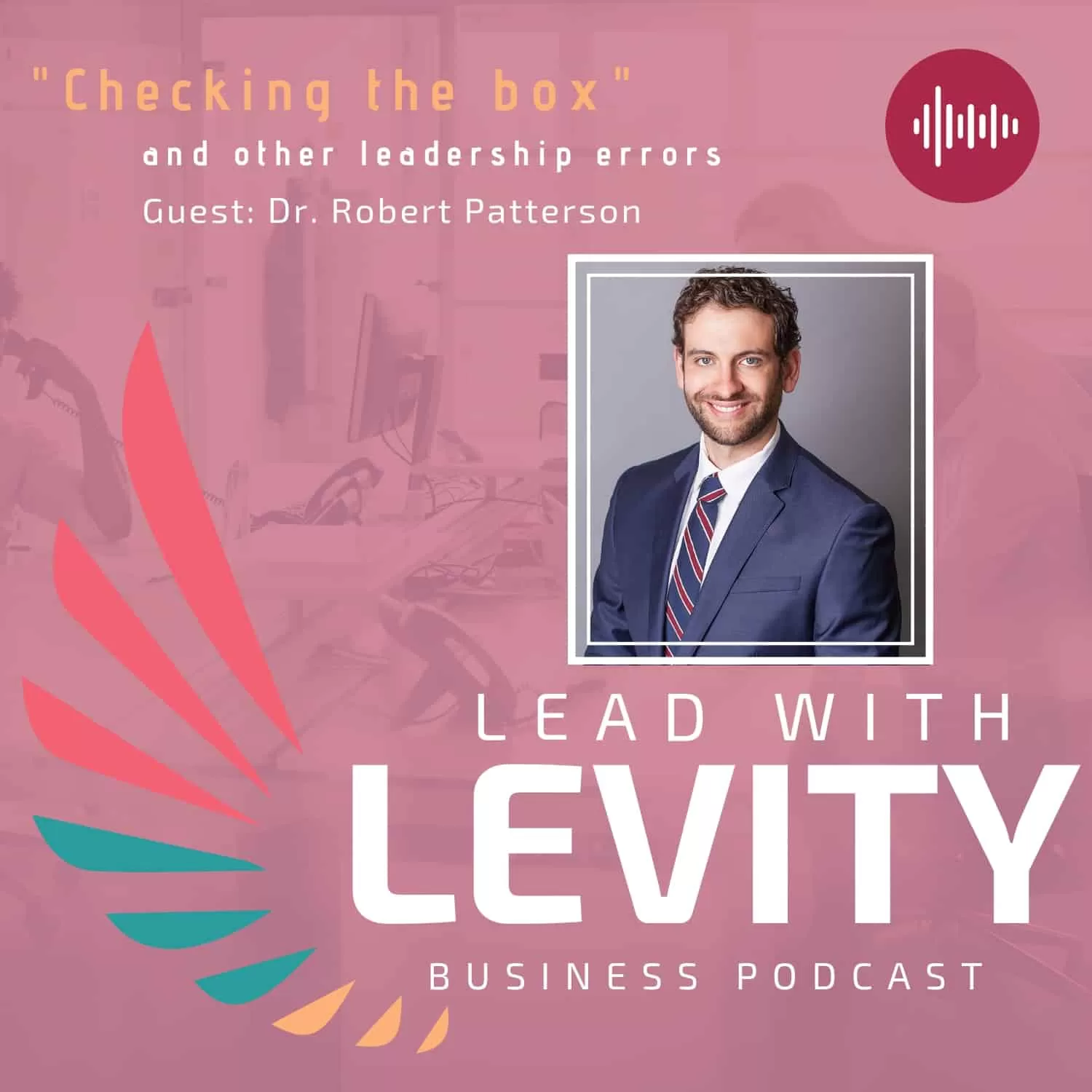How do you stay connected in a very disconnected world? Our guest this week is Paul Osincup. I’ve known Paul for a couple of years through the Association of Applied and Therapeutic Humor. Paul is a comedian at heart, and his mission is to create happy, healthy, and connected workplaces. He shares tools and tips with people to help them do that.
We discuss:
- What is passion and what it means to have passion
- Paul Osincup talks about how you can stay connected in this very disconnected world that we’re living in right now
- Paul’s mission to help organizations create happy, healthy, connected spaces for people
- The power of humor and how to use it in other ways
- What social connection does for everyone
- Leading with Laughter
- The Power of Humor in Leadership
- Inspiration and strategies for boosting productivity and positivity
- Tips on how to stay connected to your employees/clients
- How to train your brain to see the humor in life


The workplace has become a challenging space in recent years. From navigating remote and hybrid work environments to addressing burnout and fostering authentic connections, leaders and teams have had their hands full. Enter Paul Osincup—a speaker, positive workplace strategist, and humor advocate. In this episode of the Lead with Levity podcast, Paul shares how humor can create happier, healthier, and more connected workplaces.
With a diverse background that includes conflict resolution and a lifelong passion for comedy, Paul has dedicated his career to helping organizations leverage humor for meaningful connections and improved well-being.
From Conflict to Connection: Paul’s Journey
Before becoming a workplace humor advocate, Paul held a serious role as the chief disciplinary officer at a large university, dealing with high-stakes situations like mental health crises, substance abuse, and conflict resolution.
But even in these serious moments, Paul noticed the power of humor. One pivotal experience involved a difficult student meeting that shifted after Paul accidentally spilled a soda on himself. The levity in that moment broke down barriers and turned a tense meeting into a collaborative discussion.
“It wasn’t about a one-liner,” Paul explains. “It was about carrying myself lightly and creating space for connection.”
The Case for Humor in the Workplace
Paul believes that humor is more than entertainment—it’s a tool for connection, creativity, and resilience. He points to research showing how humor reduces stress, fosters trust, and even boosts problem-solving.
For example, studies show that teams sharing embarrassing stories before brainstorming sessions outperform others by 25% in generating creative solutions. Why? Because humor lowers defenses and fosters authentic communication.
Rebuilding Connection in a Hybrid World
Remote and hybrid work environments have made connection more challenging, leading to isolation and disengagement. Paul offers practical strategies for leaders:
- Dedicate meeting time for connection. Separate task-oriented updates from virtual meetings, using team time to foster creativity, share ideas, and build relationships.
- Incorporate light-hearted moments. Simple activities like sharing “something weird about yourself” can break the ice and deepen connections.
- Anchor your workday. Create a clear transition between work and personal time, such as a walk or another consistent ritual.
Paul stresses that virtual teams must be intentional about creating moments of levity and connection, which don’t happen as naturally as they do in an office setting.
The Power of Humor Habits
Paul shared several exercises to help individuals and teams incorporate humor into their daily lives:
- Humor Journal: Write down three funny moments at the end of each day. This practice not only boosts happiness but also rewires your brain to see humor in everyday life.
- Humor Jar: In a team or family setting, document funny moments on slips of paper. At the end of the month or year, relive those moments together for a shared laugh.
- Humor Homie: Pair up with someone and commit to sending each other something funny every day. This simple habit fosters connection and trains your brain to seek out humor.
Make the Laughs Last
Paul emphasizes the importance of ending your day with humor:
“Whatever media you take in at the end of the day, make it funny. It’s like a palate cleanser, helping you go to bed with a smile.”
This practice not only improves sleep but also sets a positive tone for the next day.
Key Takeaways
- Humor is connection. It breaks down barriers, fosters trust, and creates space for authentic communication.
- Leaders set the tone. Dedicate time for connection and model levity in your interactions.
- Make humor a habit. Whether through a journal, jar, or humor homie, prioritize laughter in your daily life.
About Paul Osincup
Paul Osincup is a Speaker and Positive Workplace Strategist who helps organizations create happier, healthier, and more connected places to work. Paul’s global mission for workplace happiness has provided him the opportunity to work with hundreds of organizations including Nasdaq and the Harvard Kennedy School of Leadership. He’s a content creator for Happify, an app that provides evidence-based solutions for emotional health and well-being for over 4 million users. Paul is also a certified Stress Mastery Educator with the American Institute of Stress, and a training partner with the international work culture consultancy, “Delivering Happiness.” His TEDx Talk: “Leading with Laughter, the Power of Humor in Leadership” is used in corporate and collegiate leadership courses around the world and he is the President of the Association for Applied and Therapeutic Humor, an international organization dedicated to the study and application of humor to enhance health and human performance. Paul’s work has been highlighted in The New York Times, Forbes, and on his mom’s refrigerator









